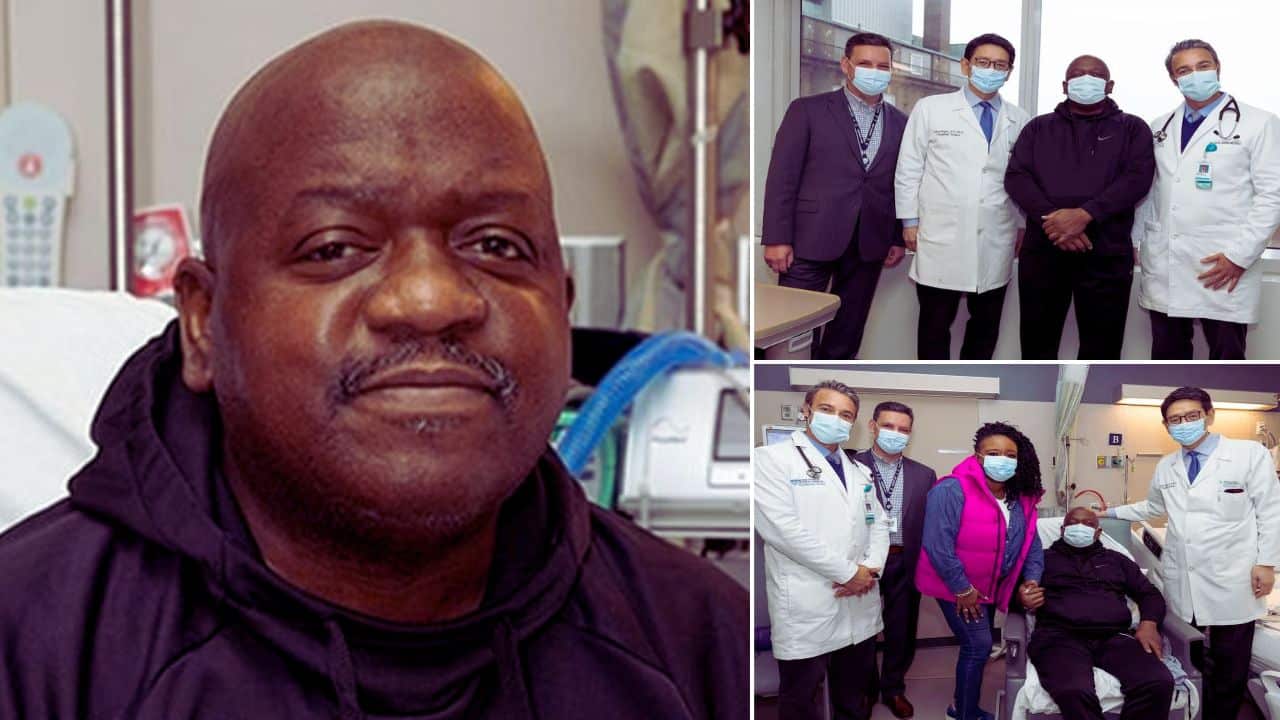Experiencing a traumatic car accident can profoundly impact an individual’s mental health, leading to the onset of post-traumatic stress disorder (PTSD). While PTSD symptoms can be overwhelming, various therapeutic techniques have been proven effective in helping survivors navigate their trauma and lead fulfilling lives. Here are some of the most uplifting and beneficial methods:
Cognitive Behavioral Therapy (CBT)
- Explanation: CBT is a structured, goal-oriented therapy that helps individuals recognize and alter negative thought patterns and behaviors stemming from trauma.
- Example 1: A therapist might work with a patient to challenge their fear of driving by gradually exposing them to driving-related stimuli and teaching them to replace anxiety-inducing thoughts with more rational ones.
- Example 2: Role-playing can be used to help patients confront and manage distressing emotions.
- Example 3: Journaling can be encouraged to track triggers and emotional responses, enabling patients to understand and manage their reactions better.
Eye Movement Desensitization and Reprocessing (EMDR)
- Explanation: EMDR involves the patient recalling traumatic memories while receiving bilateral sensory input, such as side-to-side eye movements.
- Example 1: A therapist might ask the patient to follow a moving object with their eyes while recounting the auto accident, helping to reprocess the traumatic memory.
- Example 2: Tapping or auditory tones might be used as alternative bilateral stimuli.
- Example 3: The therapy may involve several sessions, starting with less distressing memories and gradually moving to more traumatic ones.
Mindfulness and Meditation
- Explanation: These techniques focus on grounding the individual in the present moment, helping them distance themselves from intrusive traumatic memories.
- Example 1: Deep breathing exercises can help calm the nervous system when faced with a trigger.
- Example 2: Guided imagery can be used to transport the individual to a serene, safe place mentally.
- Example 3: Progressive muscle relaxation helps patients become more aware of physical sensations and reduces tension.
Narrative Exposure Therapy (NET)
- Explanation: NET helps survivors confront and transform their traumatic memories by verbalizing their experience and placing it within the broader context of their life.
- Example 1: Patients might be asked to create a detailed chronological account of their life, including the traumatic event.
- Example 2: By retelling their trauma narrative repeatedly, survivors can reduce its emotional charge.
- Example 3: Creating a physical timeline with drawings or symbols can provide a visual representation of their journey.
Expressive Arts Therapy
- Explanation: This therapy uses creative outlets such as painting, music, or dance to help individuals process and express their trauma.
- Example 1: Drawing or painting their feelings can be a non-verbal way for survivors to communicate their pain.
- Example 2: Dance or movement therapy can help release trapped emotions in the body.
- Example 3: Writing poetry or songs can help articulate emotions and experiences related to the trauma.
Group Therapy
- Explanation: Sharing one’s experience with others who have undergone similar traumas can provide a sense of community and understanding.
- Example 1: Group members can offer coping techniques that have worked for them.
- Example 2: Hearing others’ stories can provide perspective and hope for recovery.
- Example 3: Group settings can help reduce feelings of isolation and stigma associated with trauma.
Exposure Therapy
- Explanation: This involves confronting and reducing the fear associated with the traumatic memories by repeatedly and safely encountering them.
- Example 1: Virtual reality tools might be used to simulate driving scenarios, allowing the patient to confront their fear in a controlled environment.
- Example 2: Graded exposure might involve first imagining the traumatic event, then looking at pictures related to driving, and eventually being in a car.
- Example 3: Homework assignments might include driving short distances to practice coping strategies learned in therapy.
Somatic Experiencing
- Explanation: This body-focused therapy aims to release physical tension that remains in the aftermath of trauma.
- Example 1: Therapists might focus on bodily sensations, asking patients to describe or track them.
- Example 2: Grounding exercises, such as feeling one’s feet on the ground, can help anchor individuals in the present.
- Example 3: Physical exercises, like shaking or jumping, can be used to discharge pent-up trauma energy.
While PTSD following a traumatic car accident can be a challenging and painful journey, various therapeutic techniques offer survivors hope and avenues for recovery. With the right support and tools, it is entirely possible to move beyond the trauma and reclaim one’s life. Seeking professional help and being open to trying different therapeutic modalities can make all the difference in the healing process.














































